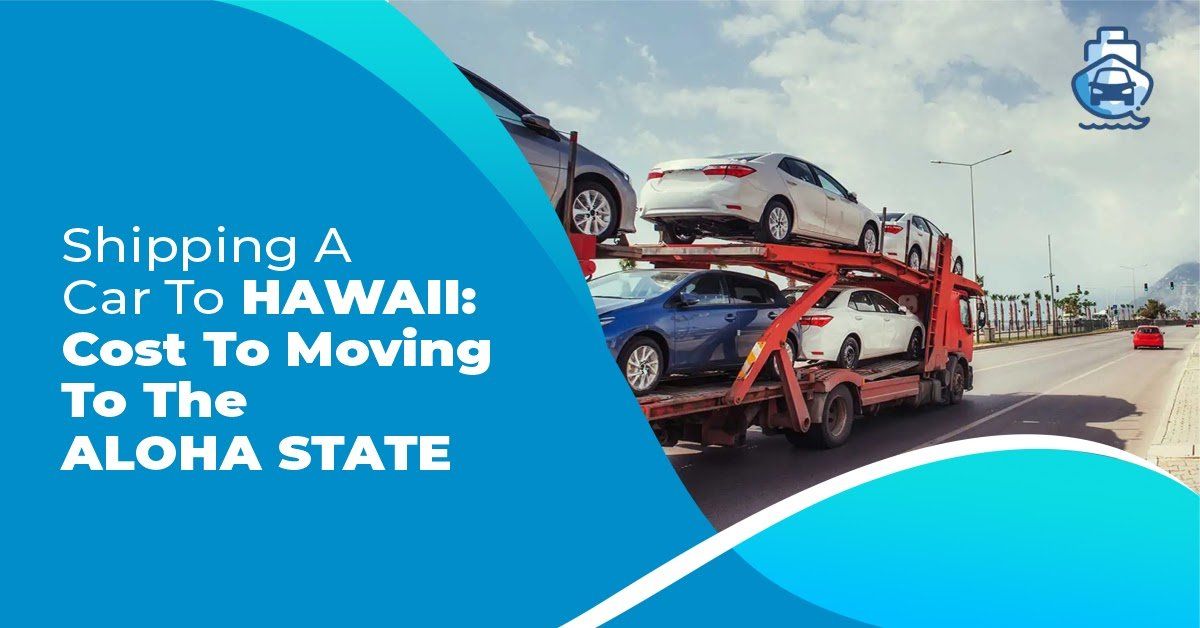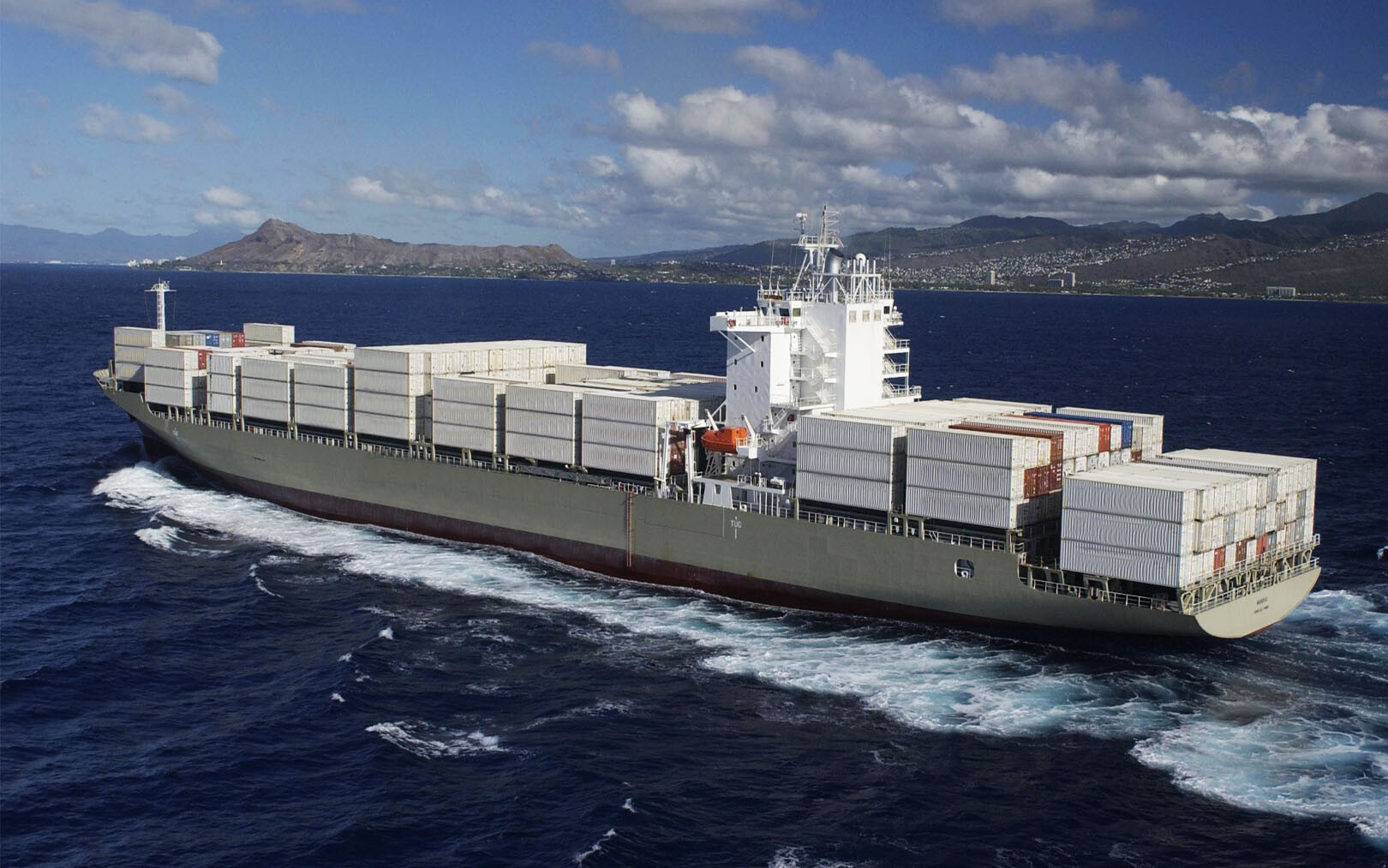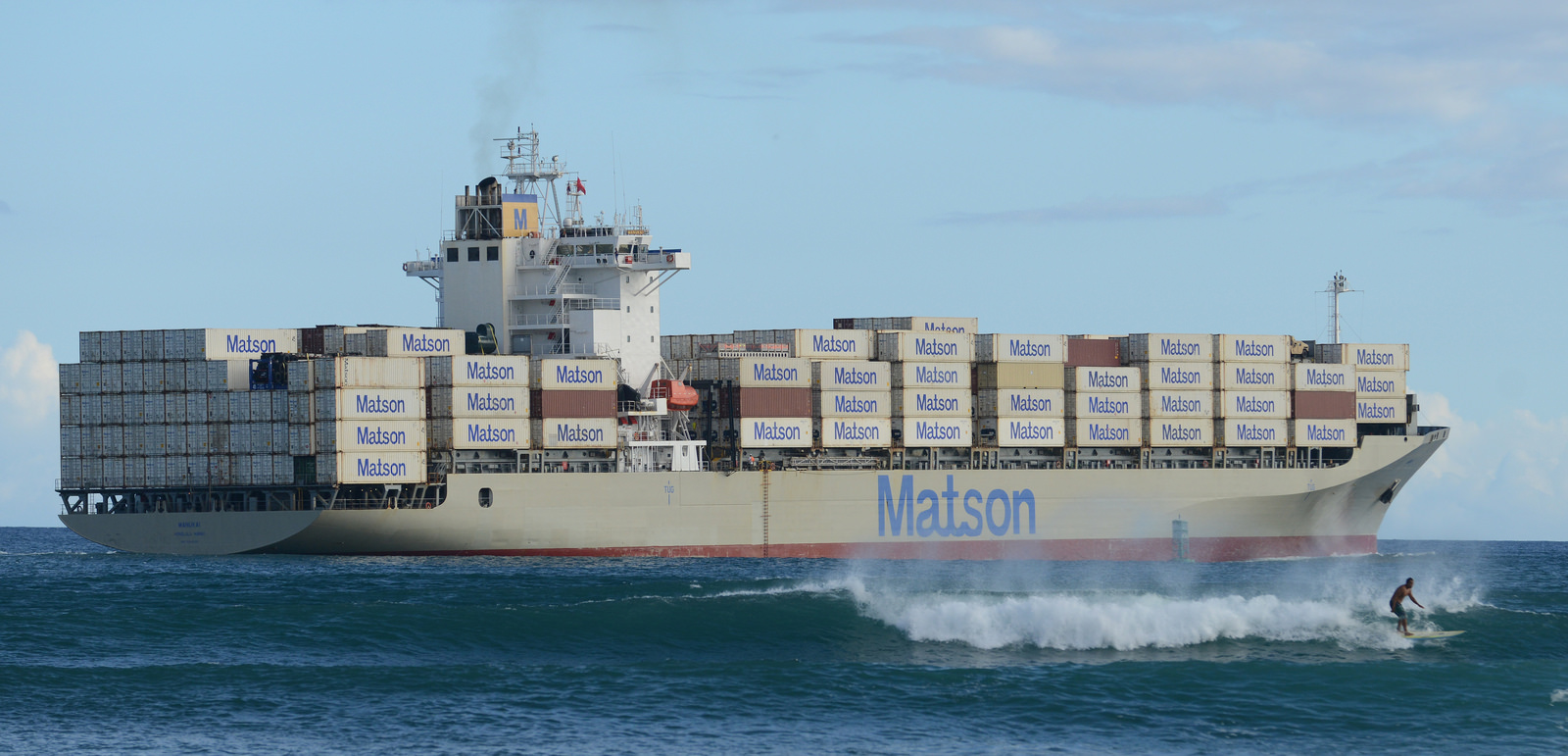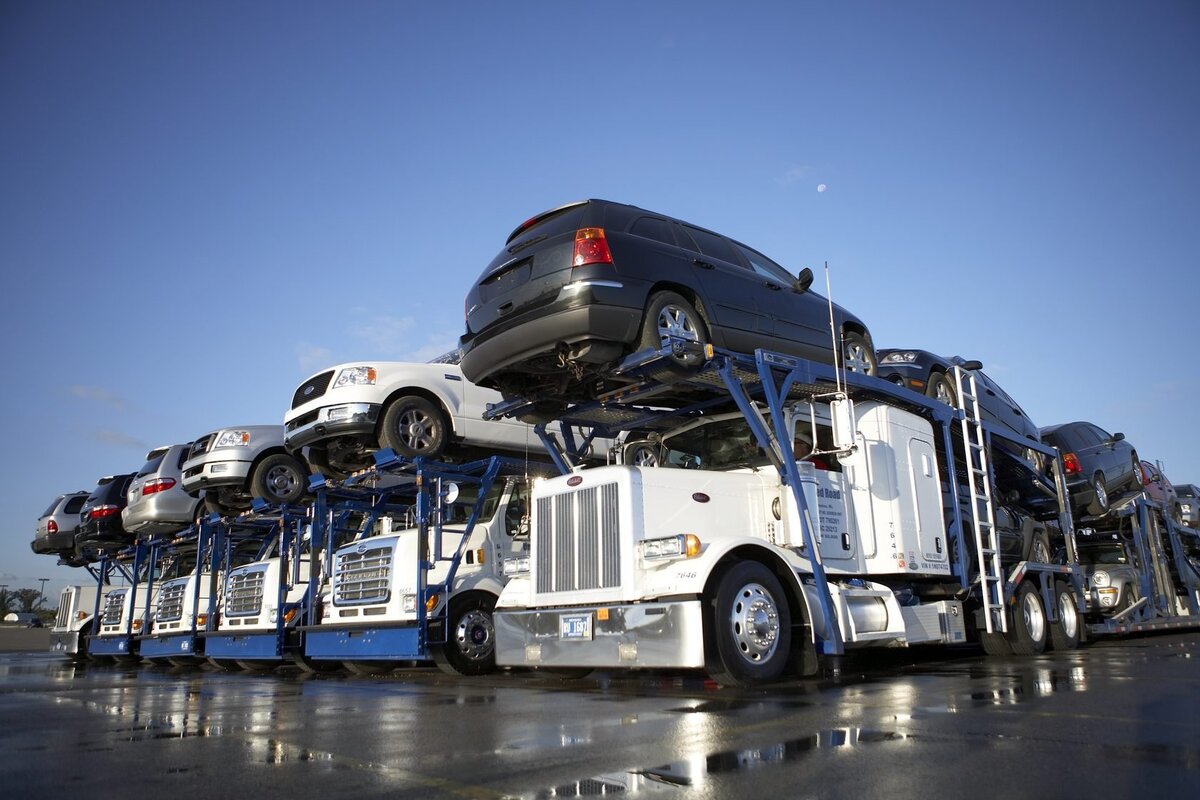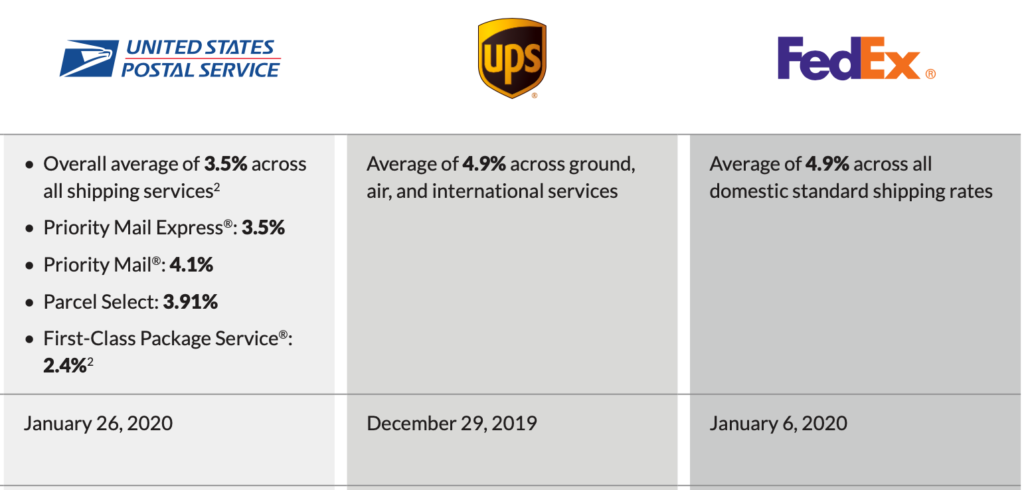How Much Does Shipping To Hawaii Cost
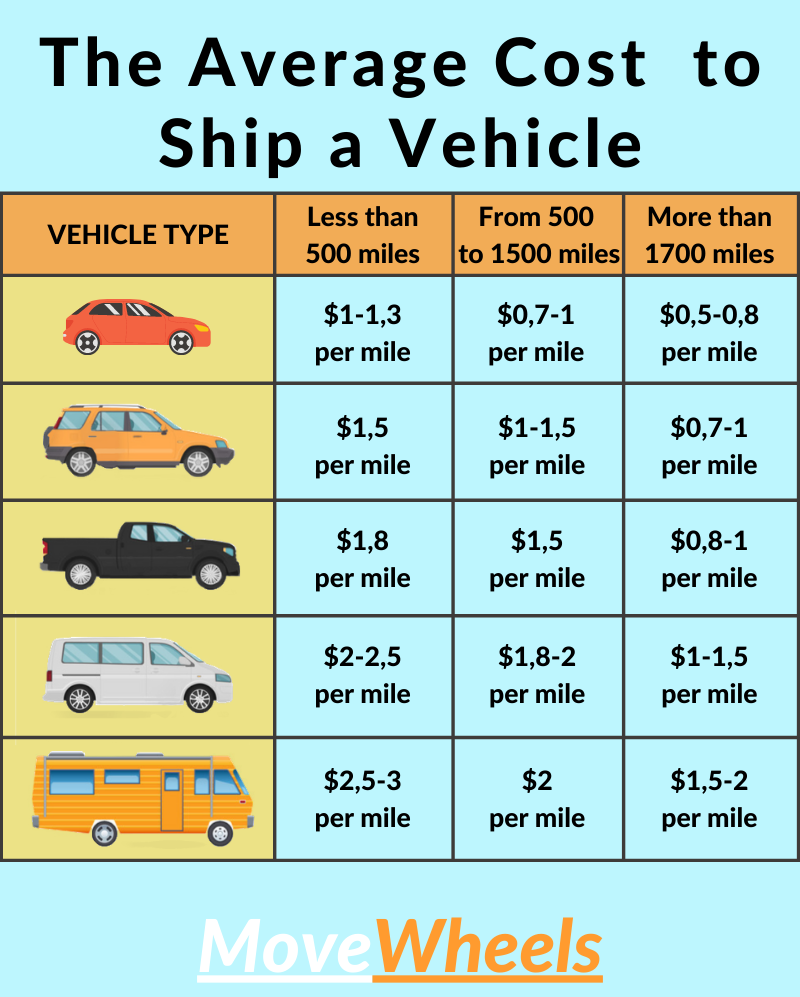
Imagine wanting to send a surfboard to Oahu, only to discover the shipping costs more than the board itself. This isn't a hypothetical situation for many residents and businesses in Hawaii. The exorbitant cost of shipping to the islands is a persistent pain point, impacting everything from consumer goods to the viability of local businesses.
The cost of shipping to Hawaii, often significantly higher than shipping to other U.S. states, is determined by a complex interplay of factors including distance, mode of transport, fuel costs, and the limited number of carriers serving the islands. This "nut graf" will unpack these intricacies, examining the various shipping methods, the key players in the market, and the strategies businesses and individuals are employing to mitigate these expenses, while also looking at potential future solutions to this long-standing economic challenge.
Understanding the Cost Drivers
Distance is a primary factor. Hawaii's geographical isolation means goods must travel thousands of miles, primarily by sea or air.
This inherent distance translates directly into higher fuel consumption and longer transit times, contributing significantly to the overall cost.
The mode of transport dramatically affects price. Ocean freight is generally the most economical option for large shipments, but it's significantly slower.
Air freight offers speed but comes at a premium, often making it cost-prohibitive for everyday goods.
Fuel costs are another critical variable. Fluctuations in global oil prices directly impact shipping rates, adding to the unpredictable nature of these expenses.
Furthermore, the Jones Act, a U.S. federal law, requires goods shipped between U.S. ports to be transported on U.S.-flagged vessels, often increasing costs due to the limited number of qualified carriers.
Key Players and Their Pricing
Major shipping companies like Matson and Pasha Hawaii dominate the ocean freight market to Hawaii. These companies set their rates based on factors such as cargo volume, fuel surcharges, and port fees.
For smaller packages, carriers like FedEx, UPS, and the United States Postal Service (USPS) offer services, but their prices can vary considerably depending on the size, weight, and speed of delivery.
USPS, in some cases, offers relatively more affordable options, especially for smaller items, due to its universal service obligation.
However, even with USPS, shipping to Hawaii is often more expensive than shipping within the continental U.S.
Impact on Businesses and Consumers
High shipping costs disproportionately affect small businesses in Hawaii. These businesses often struggle to compete with mainland companies that benefit from lower shipping rates.
Many are forced to raise prices, potentially losing customers to mainland online retailers that offer free or heavily discounted shipping.
"It's a constant battle to stay competitive," says Keala Chang, owner of a small boutique in Honolulu. "The shipping costs eat into our profit margins, making it difficult to offer the same deals as mainland stores."
Consumers also bear the brunt of these expenses. Everyday goods, from groceries to clothing, often cost significantly more in Hawaii due to the added shipping fees.
This higher cost of living places a strain on household budgets and contributes to economic disparities.
Strategies for Mitigating Costs
Businesses and individuals are exploring various strategies to reduce shipping costs. Some businesses consolidate shipments to take advantage of bulk rates.
Others are exploring alternative shipping methods, such as utilizing freight forwarders or negotiating directly with carriers.
Consumers are increasingly turning to online retailers that offer free shipping to Hawaii or utilizing package forwarding services.
However, these solutions often come with their own set of challenges and limitations.
Looking Ahead: Potential Solutions
Addressing the high cost of shipping to Hawaii requires a multi-faceted approach. Some advocate for reforms to the Jones Act, arguing that it restricts competition and drives up prices.
Others are exploring the development of alternative shipping infrastructure, such as investing in more efficient port facilities and expanding air cargo capacity.
Furthermore, exploring government subsidies or tax incentives to offset shipping costs could provide much-needed relief to businesses and consumers.
Ultimately, finding a sustainable solution will require collaboration between government, industry, and the community to ensure a more equitable and affordable shipping landscape for Hawaii.
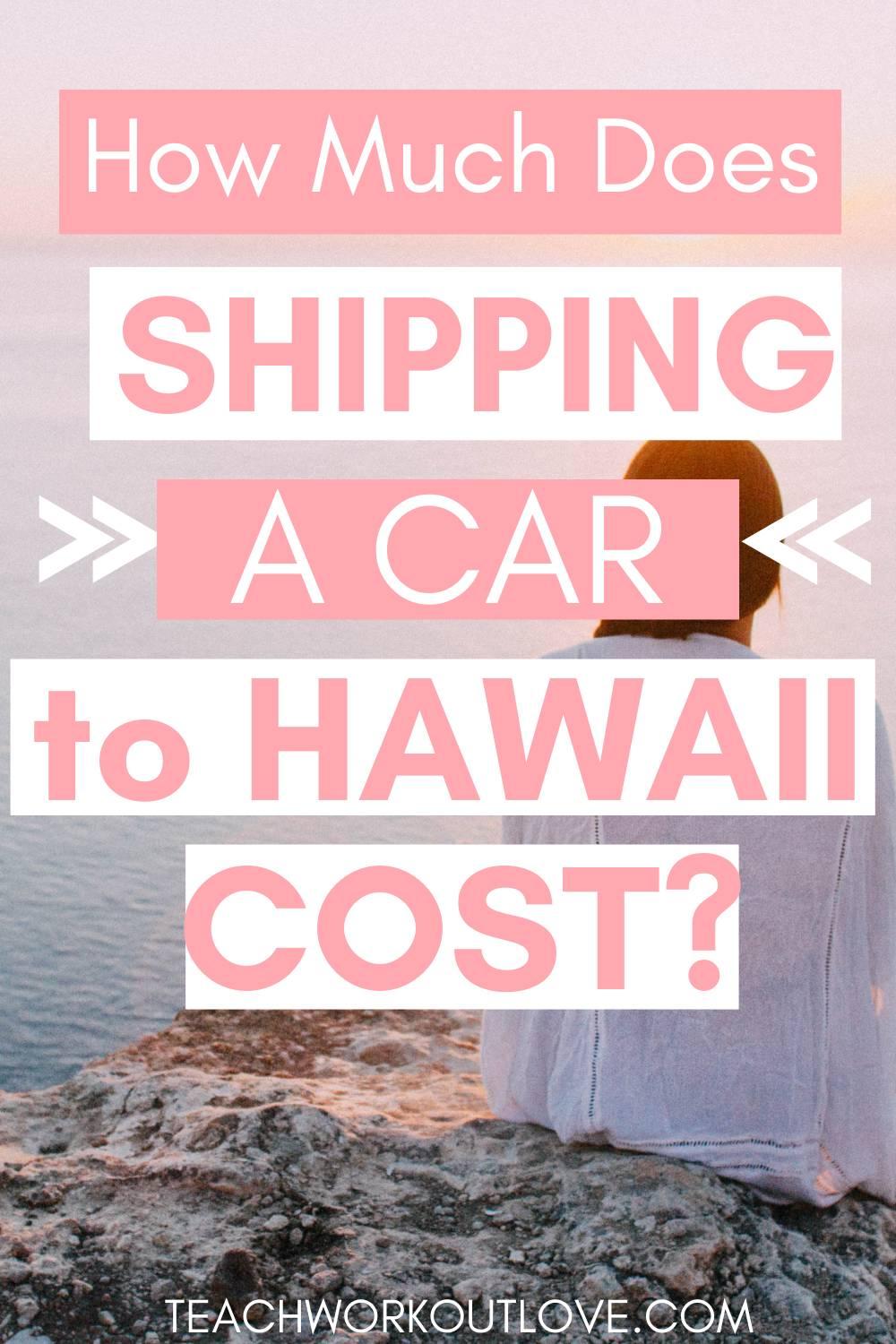


![How Much Does Shipping To Hawaii Cost Best Hawaii Car Shipping Guide [2021] Go Hiwaii Now](https://movewheels.com/wp-content/uploads/2017/03/From-CA-to-HI.png)


